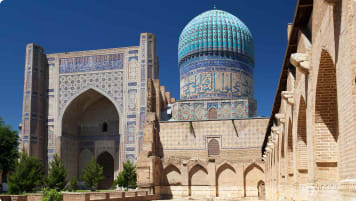Learning about Manchester's Early History
Article for senior couples and mature solo travellers interested in small group educational tours of England. Visit Manchester, learn about the reason for Bees being the symbol of the city, the industrial revolution and being up North.
17 Sep 21 · 6 mins read
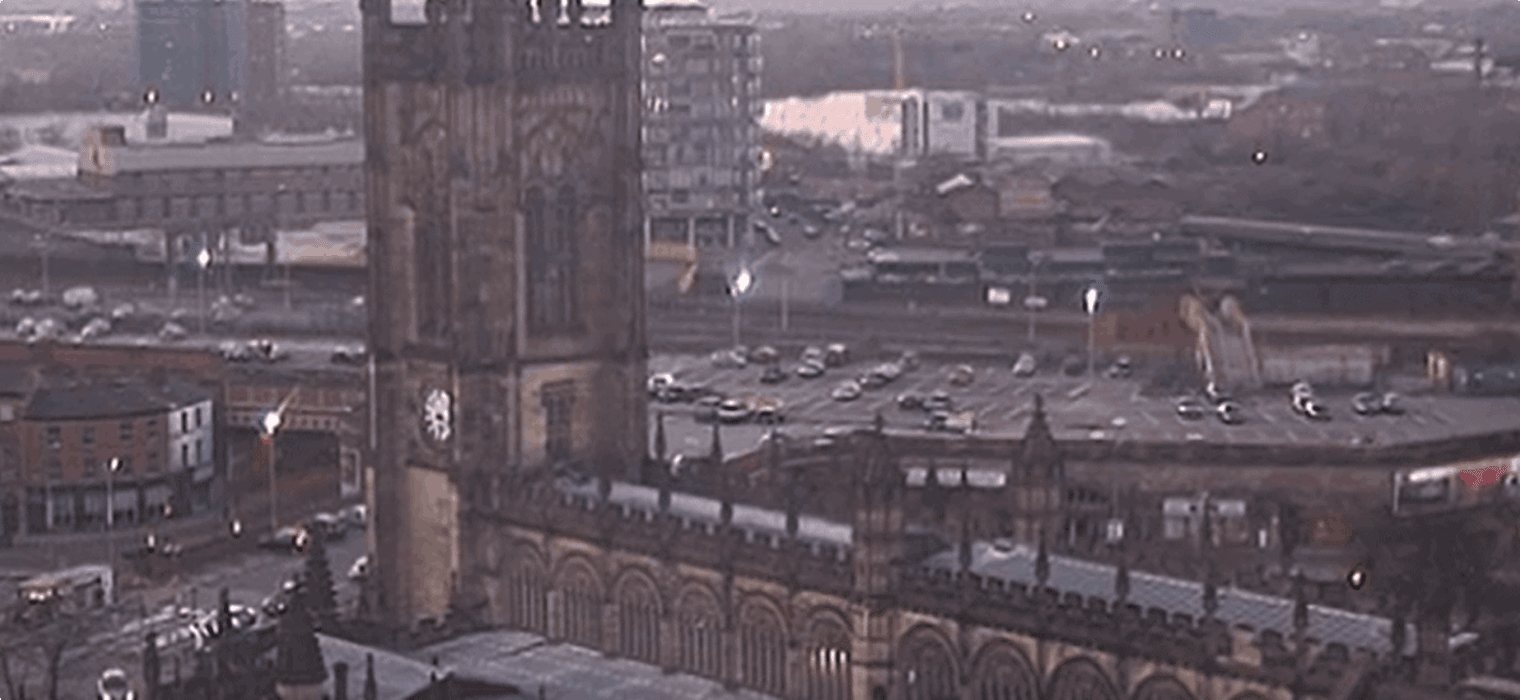
Learning about Manchester’s Early History
Well-known parts of Manchester’s history include their textile boom during the Industrial Revolution and the first steam engine railway to Liverpool. But what about its precursor? Manchester saw different leaders leading up to the Revolution, each characterising the city today renowned for sports and radical literature.
This article is written as a backgrounder for our small group tours and to help you firm up your travel plans. Manchester is one of the city’s covered by our tour Queen Victoria’s Great Britain, wherein we go on a walking tour of the city and explore quintessentially English scenery and history. This tour is a combination of famous sights and hidden gems. It includes the beautiful Lake District, art galleries, and the tranquil beauty of country roads. As in other Odyssey Traveller tours, discussion of the region’s fascinating history is also on offer in this unique travel experience.
Feel free to explore the site to see our tours and activities and our booking conditions. We have plenty of lively and colourful tours to entice mature-aged travellers, whether travelling solo or with a companion. But first, let’s learn about the wonders of Manchester’s early history.A Brief Timeline
The first known settlers were a Celtic tribe – the Brigantes (meaning, people of the highlands — aptly named after their terrain). Then came the Romans in their 400-year conquest of Britain; Manchester was invaded around AD 77 under Gnaeus Julius Agricola, and the Romans’ influence is evident in the city structure. The Anglo-Saxons and Picts followed in the time leading up to the Industrial Revolution.
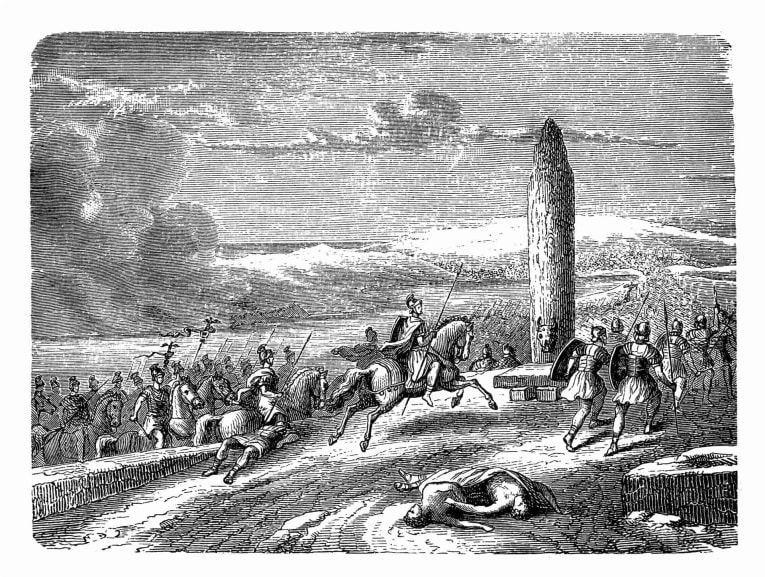
The Roman Manchester
The Romans built their headquarters in Castlefield around AD 79 and remnants can be found today. Mancunium, what Manchester was formerly (and lesser) known as, persists today as the people’s name. This originated from the shape of the hill that the Roman garrison was situated on. The garrison, constructed at a site called Castellum, was intended for subduing the natives who eventually settled in the surrounding eastern area known as Alport (Old Town; today’s Deansgate). It was only in the thirteenth century when records of Alport surfaced.
Castellum was chosen because of its advantageous position at the junction of a major road which ran cross-country. It eventually became the starting point of subsequent roads built by the Romans. Using surrounding natural resources, the garrison serviced major Roman settlements until it was deserted in 410 AD. From timber to stone, it was rebuilt thrice. The surrounding civilian areas were believed to be abandoned during mid third century, which aligns with the end of Roman rule in North-West England (around AD 383). The end of the Roman empire in Britain was largely due to fact that the Romans over-extended themselves – from Italy, their geographical reach was beyond manageable, and many of their troops had to deal with homeland attacks.
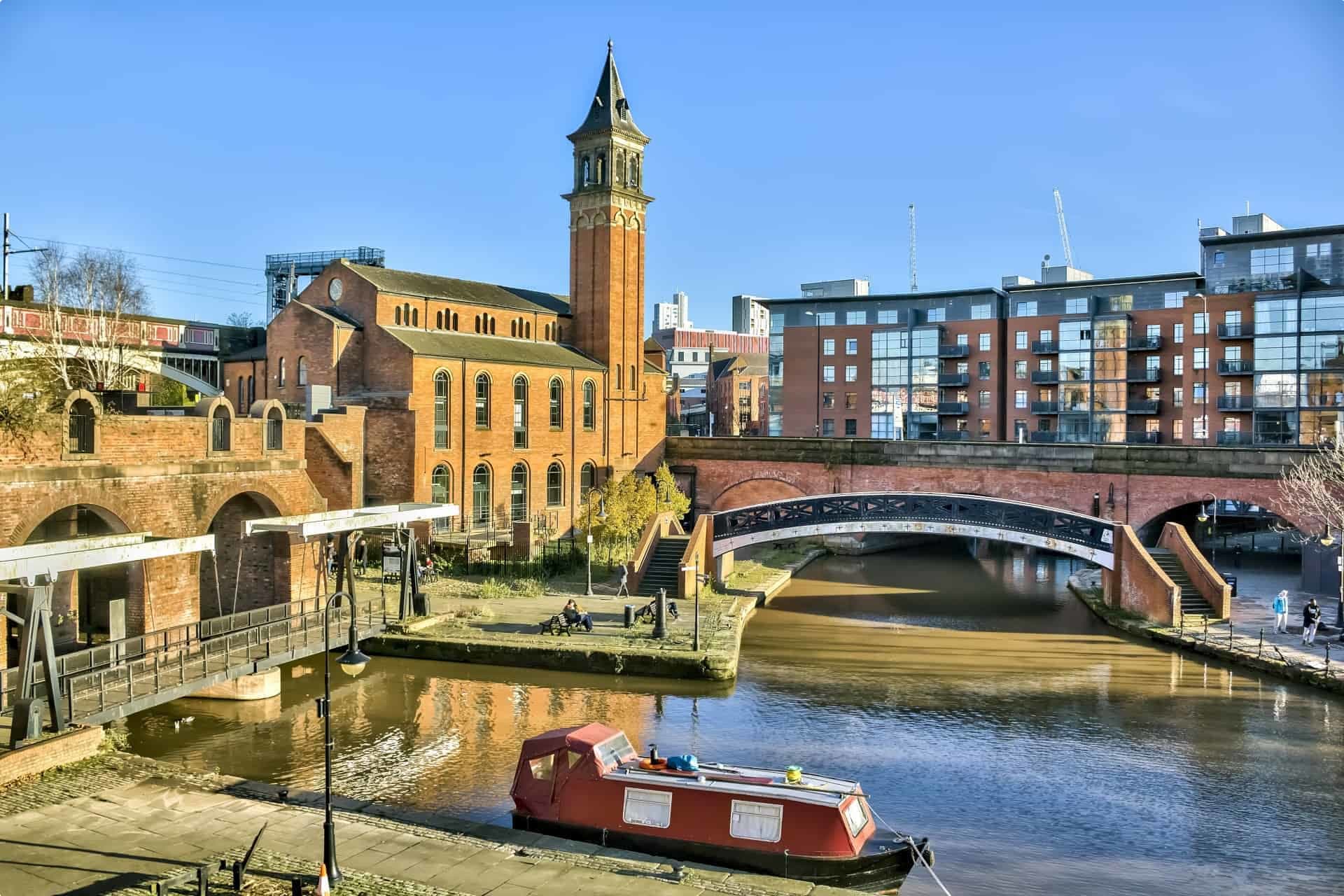
Urban development threatened preservation efforts; the Industrial Revolution saw the destruction of building remnants, especially with the 1760s’ construction of the Bridgewater Canal. Roman dishes were found by workmen in 1808 and subsequently saved by the British Museum. Excavation findings included AD 306-340 Roman coins and a bronze statuette of Jupiter Stator, as well as a silver coin of Trajan (dating AD 98 – 117). Other interesting discoveries included bronze statuettes of the Genius of Mauritania and Hercules, weapons, a coffin and urns, glassware, and pottery. The unearthing of some coins hinted that the Roman occupation might have been longer than commonly thought – from around AD 60 to the end of second century AD.
Beginnings of Modern Manchester
In the quiet aftermath of the Romans’ departure, barons who found favour from the monarchs developed Manchester. Trade was known to have flourished during this period and swiftly became a prominent feature of the city.
Tribal Invasions
There was an influx of mainland Europe and Scotland tribes as well as Germanic Saxons during this time. Under the Saxons, who occupied Manchester longer than the preceding Romans, churches and markets were established. The names of places, culture, and laws in Manchester can be attributed largely to the Saxon’s legacy.
Manchester was situated between Northumbria and Mercia, two Anglo-Saxon kingdoms. The former governed Manchester (around AD 923) until the Danish tribes’ arrival. The latter took control, albeit short-lived (in 1015, Danish King Canute invaded England), under Edward the Elder, Alfred the Great’s son. Edward the Confessor brought Manchester back to Anglo-Saxon rule from 1042 to 1066, before the invasion by the Normans.
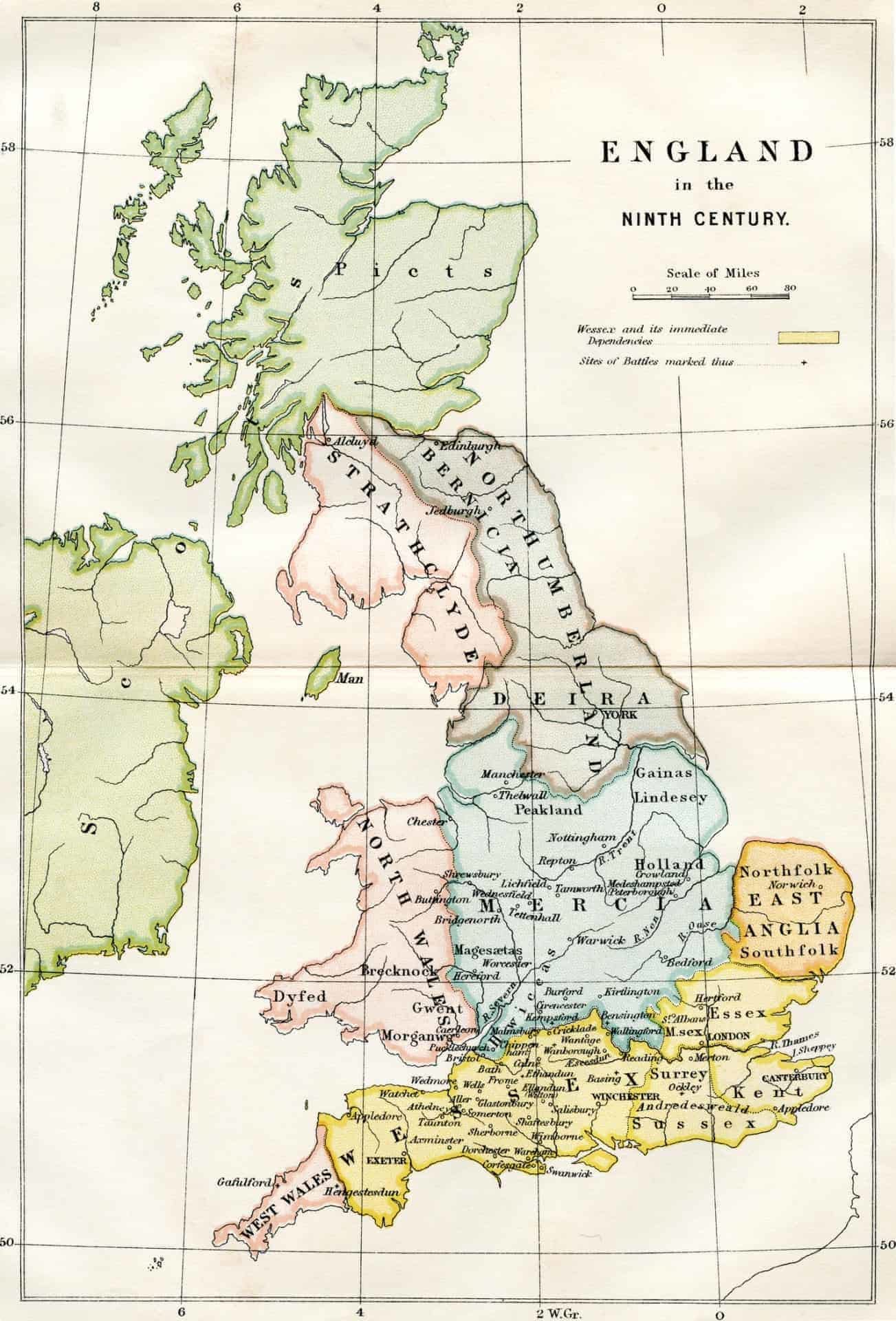
The Norman Conquest and The Collegiate Church
The beginning of Manchester’s medieval centre lies where Manchester Cathedral stands today. After the victory of the first Norman King of England at the Battle of Hastings, Manchester came under the rule of William the Conqueror. In 1075, William Peverel, his son, gave some inherited land to Albert Gresley, including Manchester’s manor. The Gresley family ruled Manchester for eight generations, but it wasn’t until the fifth when Manchester became an important commercial centre in the region. His grandson, Thomas Gresley, brought significant privileges to Manchester’s citizens with the Great Charter which rid the feudal system. Without an heir, Thomas passed the manor to his brother-in-law, and the de la Warres became the next dynasty of Manchester. The Collegiate Church (today’s Manchester Cathedral) was established by Thomas de la Warres in 1421 and seven wardens held service until 1547.

The European continental wars saw skilled textile producers settling in Manchester and the textile industry became a critical part of their economy. Prior to the fame of its cotton production industry, Manchester was known for its textile trade brought about by Flemish weavers. An annual fair and weekly markets in medieval Manchester brought commerce and trade to the forefront of the prospering economy, granting Manchester the reputation of a market town in 1359. St Ann’s Square today is where the fairs were held, and a few important streets were Withy Grove, Smithy Door which was known for its fish market, and Shudehill, as they are known today.
Prior to the Industrial Revolution
Though accommodation had sprung up to house business travellers, Manchester still lacked the necessary transportation systems to support its economy. Prisons for the religiously persecuted were built in the 1500s and the Manchester Grammar School (then the Free Grammar School) was founded in 1515. In 1931, this prestigious School moved to Fallowfield, where it stands today.
From the Reformation to 1617, the college was abolished, reinstated, used for munition storage, raided in 1649, and eventually turned into a library by a successful merchant, Humphrey Chetham. Chetham’s library is both the oldest public library in Britain and one of the oldest English-speaking public libraries globally.
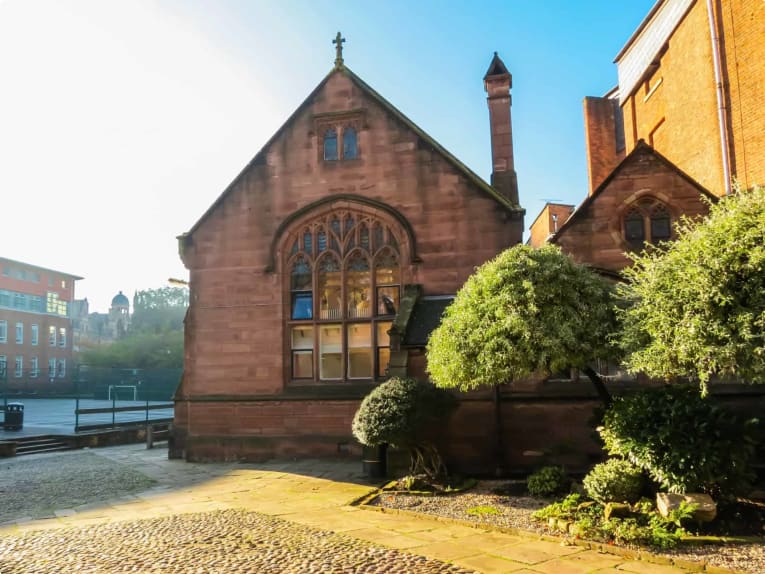
Following the West family, the manor was sold twice before it ended up with the Mosley family, who also held the title of Maylor of London in 1599. In the 1830s, the town council purchased the manor and its role was replaced by a new, more modern form of governance.
Manchester and England
Alongside the rise of the public institutions were religious and political strife. Since Elizabeth I did not produce an heir, following her death, James I Stuart from Scotland became the king of both England and Scotland. In 1625, when Charles I, his son, asserted the kings’ divinity, the Parliament and monarchy disputes led to the 1640s Civil War of England, which saw political allegiances established and the eventual beheading of Charles I in 1649. As Manchester supported the Parliament, the Royalists attempted a week-long siege which ended in their defeat.
Towards the end of the eighteen century, the Jacobite rebellions to restore the Stuarts’ monarchy were rife in Manchester. In 1789, the French Revolution influenced the Jacobites in Manchester – rebels thought the parliament was illegitimate and sought to reinstate the king with the Church. These political revolutions were brewing at the onset of the Industrial Revolution, adding to the increasing social tensions of the time.
Interested in learning more about Manchester’s history from the Industrial Revolution onward?
Small group tours for senior travellers
Odyssey Traveller is famous for our small groups, and we average eight participants per tour. Our maximum group size is eighteen people, which ensures quality, flexibility and care that is tailored to our clients. We specialise in small group tours for the senior traveller who is seeking adventure or is curious about the world we live in. Typically, our clients begin travelling with us from their mid 50’s onward. But be prepared to meet fellow travellers in their 80s and beyond! Both couples and solo travellers are very welcome on our tours.
Originally published September 12, 2018.
Updated October 17, 2019.
Updated 15th September 2021

Related Tours
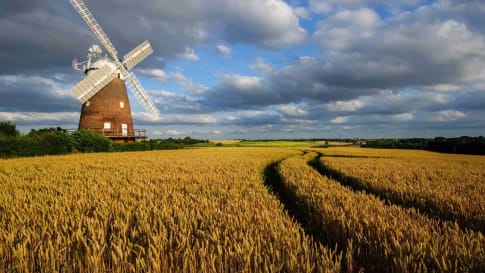
23 days
AprAgrarian and Industrial Britain | Small Group Tour for Mature Travellers
Visiting England, Wales
A small group tour of England that will explore the history of Agrarian and Industrial period. An escorted tour with a tour director and knowledgeable local guides take you on a 22 day trip to key places such as London, Bristol, Oxford & York, where the history was made.
From A$17,275 AUD
View Tour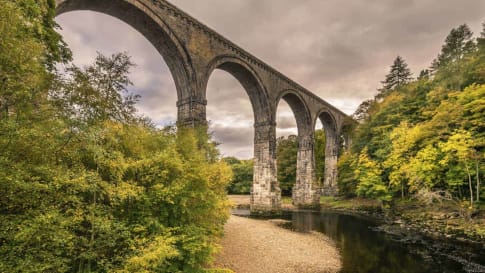
23 days
Oct, Apr, SepCanals and Railways in the Industrial Revolution Tour | Tours for Seniors in Britain
Visiting England, Scotland
A small group tour of Wales, Scotland & England that traces the history of the journey that is the Industrial revolution. Knowledgeable local guides and your tour leader share their history with you on this escorted tour including Glasgow, London, New Lanark & Manchester, Liverpool and the Lake district.
From A$17,860 AUD
View Tour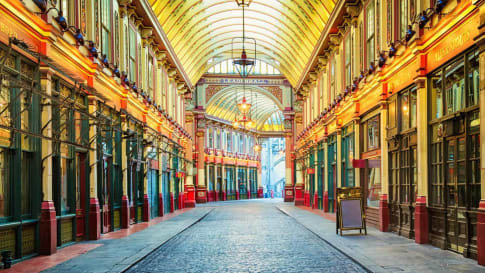
21 days
Sep, JunQueen Victoria's Great Britain: a small group tour
Visiting England, Scotland
A small group tour of England that explores the history of Victorian Britain. This escorted tour spends time knowledgeable local guides with travellers in key destinations in England and Scotland that shaped the British isles in this period including a collection of UNESCO world heritage locations.
From A$15,880 AUD
View Tour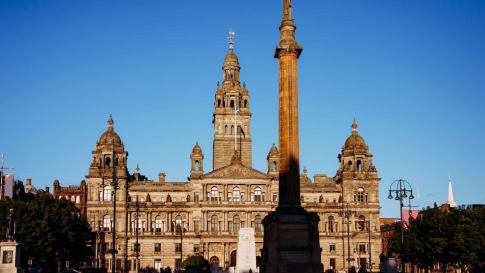
From A$13,915 AUD
View TourRelated Articles
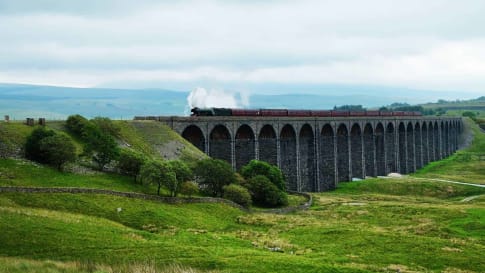
15 books on Britain's Industrial Revolution
Fifteen books on Britain’s Industrial revolution This reading list on Britain’s Industrial revolution complements Odyssey Travellers escorted small group tour that traces via the canal and railway network, the evolution of this monumental change in…

A Journey Through Britain's Roman Roads
Rome's roads constitute the most remarkable culmination of its technological, logistical and bureaucratic achievements. Even a brief understanding of their history and significance can enrich your experience walking tour of Britain.
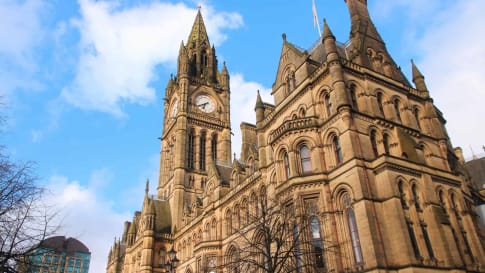
Bees in Manchester: a surprising symbol of the Industrial Revolution
Bees in Manchester: a surprising symbol of the Industrial Revolution The bee is an intriguing symbol for the city of Manchester. The city’s damp climate provided the ideal conditions for milling cotton. But this is…
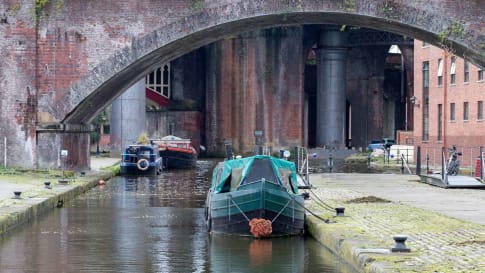
Britain: First Industrial Nation
Britain: The First Industrial Nation In the mid-18th century, the Industrial Revolution was largely confined to Britain. Historians and economists continue to debate what it was that sparked the urbanisation and industrialisation that would change…

Exploring Newcastle upon Tyne: The Definitive guide for Travellers
Newcastle upon Tyne is discussed in this article for senior couples and mature solo travellers on an educational small group tour. Learn about this English city and the Romans, Vikings, Middle ages and Victoria and the Industrial revolution.

Industrial Revolution. Britain's contribution to the world
Britain and the industrial revolution. A progressive period that spanned Queen Victoria's period. Small group package tours for mature and senior travellers explore this fascinating period of history across England and Scotland and key cities such as Manchester, Liverpool, Newcastle and Glasgow.


